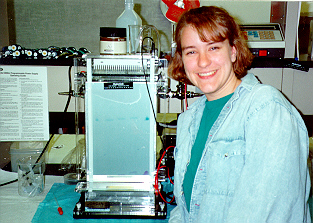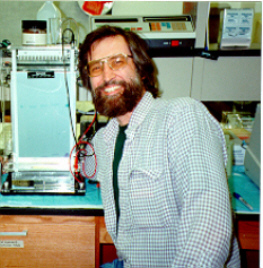 Rotifer Rotifer |
ResearchProjects |
|
 Rotifer Rotifer |
 |
|
|
 |
|
|
| "Yet in no other branch of Biology
are the different explanatory aspects
of the life sciences represented in such exemplary fashion as in developmental
biology. This discipline is highly analytical
(often misleadingly called reducionist),
with the goal of determining the contribution that each gene makes to the
developmental process. At the same time it is conspicuously holistic,
since viable development depends on the influence of the organism as a
whole, reflected by the interaction among genes and tissues. The decoding
of the genetic program represents the proximate
causation of ontogenetic processes, while
the contents of the genetic program are the results of ultimate
(evolutionary) causations. It is this richness
of factors and causations that is the fascination and beauty of the living
world."
Ernst Mayr (1997); p.174 of This
is Biology: The Science of the Living World
"The discovery of homeoboxes allowed molecular geneticists to 'go fishing' for vertebrate genes that might be related to the homeotics of Drosophila - the key to segmental architecture in insects. Forget all the folk wisdom about big ones that got away; this has been one of the finest fishing expeditions in human history." Stephen Jay Gould (1991). "Of Mice and Mosquitos."
Natural History July 1991, 12-20.
Other excellent sources for Developmental Biology/Genetics: Rudolf A. Raff (1996). The
Shape of Life: Genes, Development, and the Evolution of Animal Form.
Scott F. Gilbert (1997). Developmental Biology. Stuart A. Kauffman (1993). The Origins of Order: Self-Organization and Selection in Evolution. |